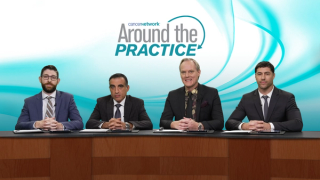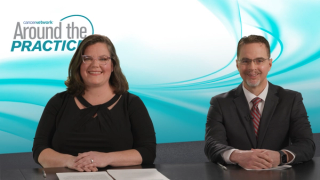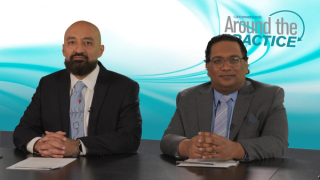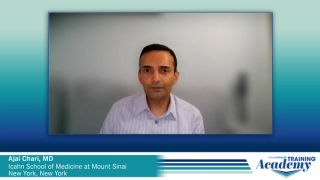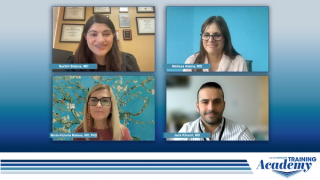
Multiple Myeloma
Latest News

Latest Videos

More News
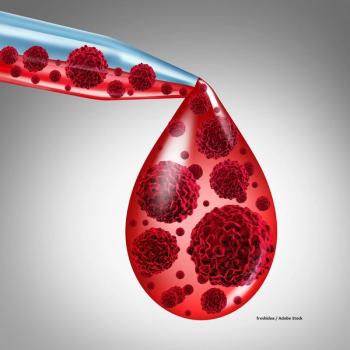
Research on chimeric antigen receptor T-cell therapy to be presented at the ASH Annual Meeting & Exposition is set to address drawbacks associated with treatment.
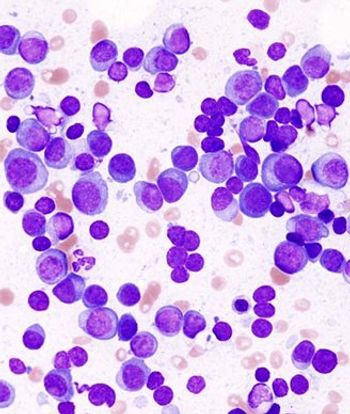
In our multiple myeloma quiz, you'll get a chance to test your knowledge on best practices to implement shared decision-making when discussing treatment options with your patients.

The National Comprehensive Cancer Network recently issued new guidelines on best practices in evaluating patients for hematopoietic cell transplantation, as well as how to manage complications associated with the procedure.

Early treatment with lenalidomide can stave off multiple myeloma and provide longer progression-free survival (PFS) than just monitoring alone.
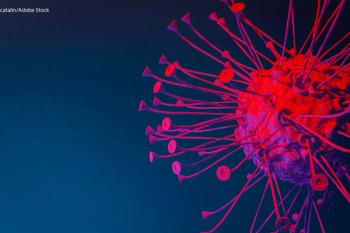
How much do you know about the role of CAR T cells in multiple myeloma? Here's your chance to find out.

CAR T cells are a more effective therapy if manufactured for patients with multiple myeloma prior to the onset of relapsed or refractory disease.

Autologous stem cell transplant has become safer over the years for patients with multiple myeloma and renal insufficiency.
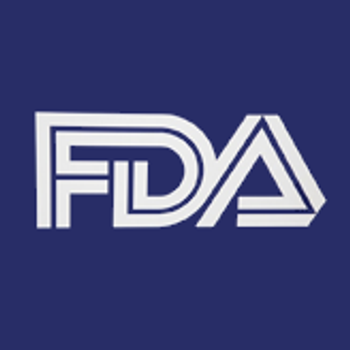
The combination use of Darzalex with bortezomib, thalidomide, and dexamethasone was approved for transplant-eligible patients with multiple myeloma.

How much do you know about stem cell transplantation in multiple myeloma? Here's your chance to find out.
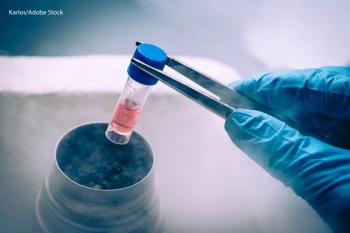
A new study suggests there is a cost and efficiency benefit to pre-emptively administrating plerixafor during stem cell collection.

Patients with multiple myeloma whose disease progresses on BCMA-targeted therapy can possibly respond to a different BCMA-targeted therapy.
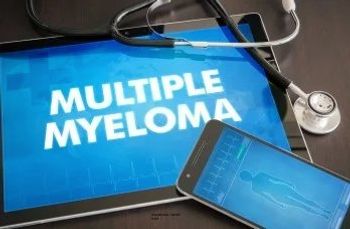
Researchers looked to see how a patient's monoclonal gammopathy of undetermined significance status affects their risk for multiple myeloma.
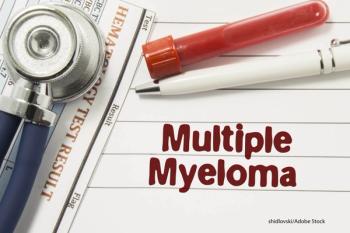
How much do you know about thrombotic microangiopathies in multiple myeloma? Here's your chance to find out.

Older adults with multiple myeloma are not receiving the recommended care which includes bone-modifying drugs, antiviral prophylaxis, and the influenza vaccine.

New data push back against previous thinking that an individual's risk of progression from MGUS to multiple myeloma was constant.

How much do you know about toxicities associated with multiple myeloma? Here's your chance to find out.

A new study found that enrolling appropriate patients with multiple myeloma into hospice may have cost implications.

The FDA approved selinexor in combination with the corticosteroid dexamethasone for the treatment of adult patients with relapsed/refractory multiple myeloma.

Researchers conducted a study to define risk factors for cardiovascular adverse events in patients with multiple myeloma who were taking proteasome inhibitors.

The FDA approved daratumumab in combination with lenalidomide and dexamethasone for patients with newly diagnosed multiple myeloma who are ineligible for autologous stem cell transplant.
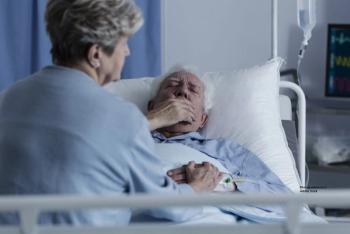
A meta-analysis on existing data on the use of autologous stem cell transplant in older patients with newly diagnosed multiple myeloma confirmed the need for randomized controlled trials.
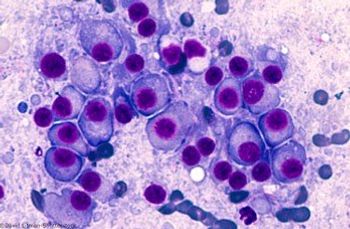
How much do you know about the incidence of extramedullary disease in patients with multiple myeloma? Take our latest quiz to test your knowledge.

Baseline left ventricular diastolic dysfunction may help predict the incidence of severe carfilzomib-induced cardiovascular adverse events in patients with multiple myeloma.

Results from a second clinical trial examined the use of lenalidomide treatment in patients with high-risk smoldering multiple myeloma, where the standard of care has been observation.
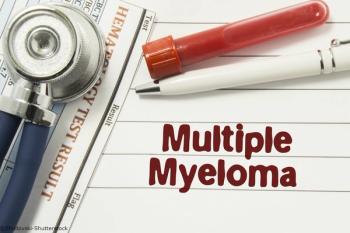
Researchers evaluated survival and infusion time with combination isatuximab, pomalidomide, and low-dose dexamethasone vs pomalidomide plus low-dose dexamethasone alone in relapsed or refractory multiple myeloma.






